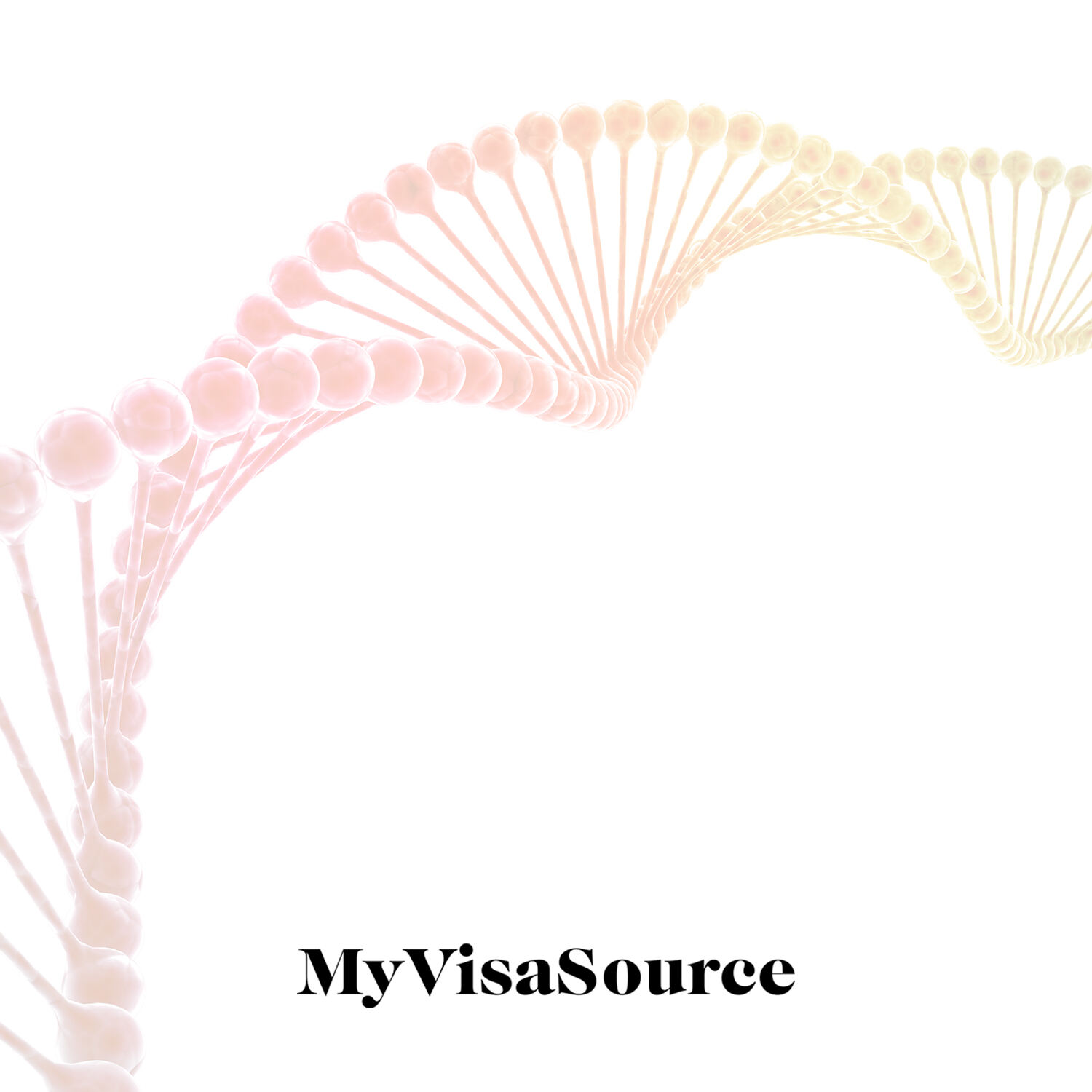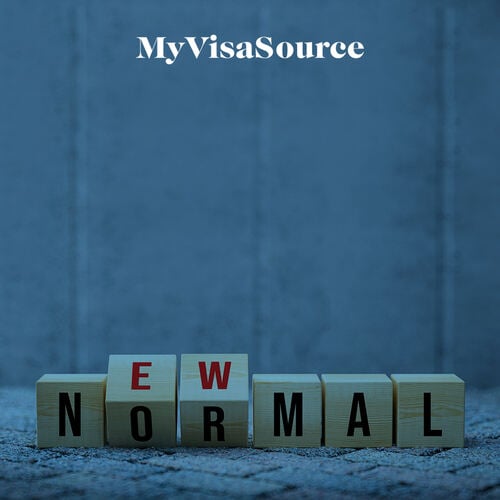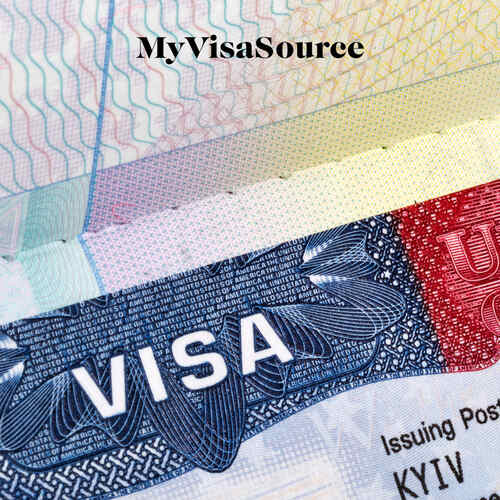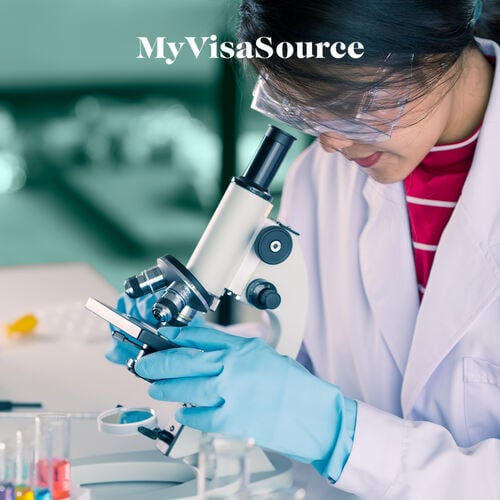Thousands of foreign nationals immigrate to the US every year through family-based visa programs. Having a family member who is a US citizen or lawful permanent resident can help you obtain a Green Card (Permanent Resident Card). However, the most difficult task in applying for such visas is providing proof of your relationship with the concerned family member. Be it your spouse, sibling, or parent, you will be required to submit proof of relationship to be considered eligible for such visa programs.
It is particularly difficult for siblings to prove their relationship if they have different parents. For a sibling relationship, both applicants and the petitioner must have at least 1 parent in common. Previously, to prove such relationships, only marriage and birth certificates were allowed to be presented as evidence. Other than that, supporting documents including medical or school records, religious documents and written statements by witnesses who are acquainted with both individuals were allowed to be presented as evidence for sibling relationships.
What Changes Have Occurred with Family-Based Visa Programs?
The US Citizenship and Immigration Services (USCIS) updated this rule to allow applicants to provide DNA evidence to support their sibling relationship. This applies to both full and half-siblings. The DNA test must be done in a lab accredited by the American Association of Blood Banks (AABB). Only a DNA test result showing a 90% or higher probability of being related will be accepted as evidence for sibling relationships.
Those who received a result between 9%-89% will be considered inconclusive while any percentage lower than that will be considered discrediting the sibling relationship.
This update was necessary to improve the agency’s accuracy and their ability to evaluate the eligibility of the applicants and the petitioner for the concerned family-based visa. This will help USCIS officials to make use of the present technology to effectively make immigration decisions.

















